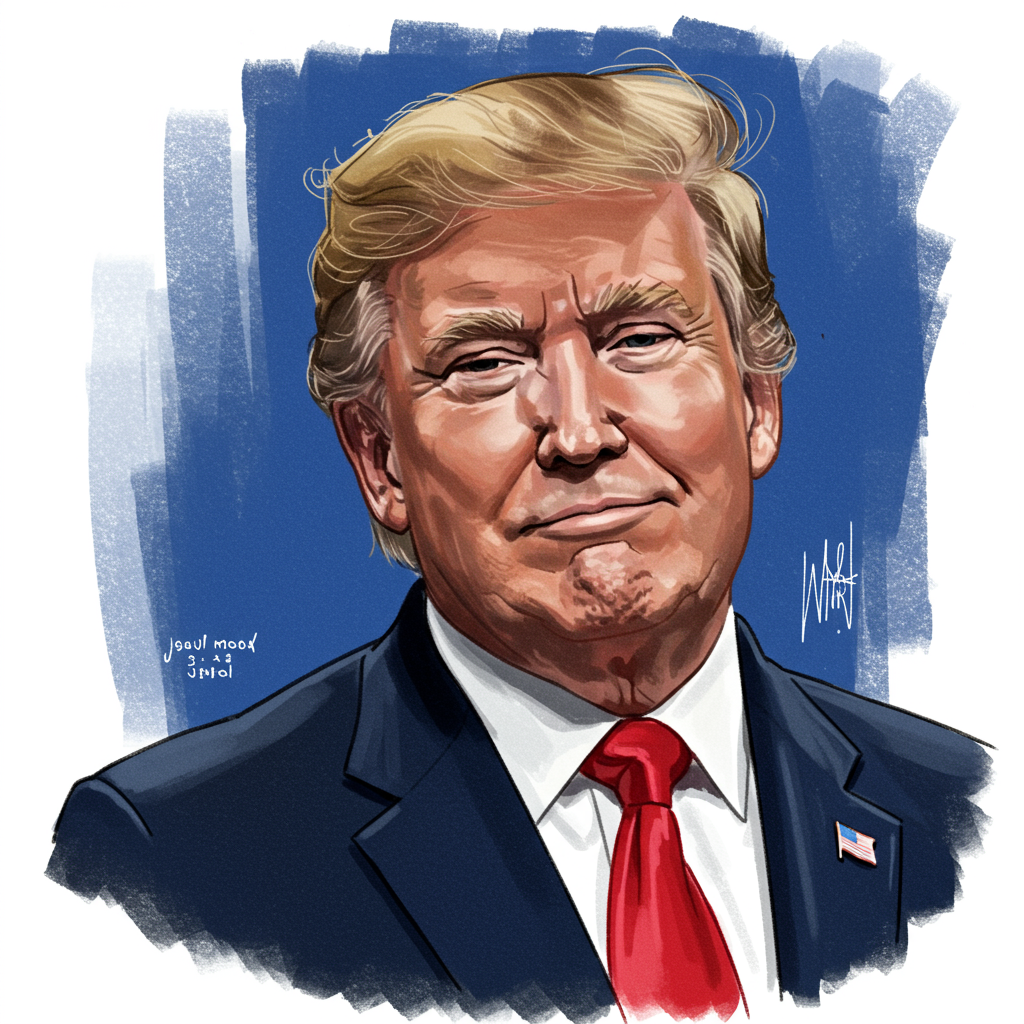The Federal Reserve, under the leadership of Chair Jerome Powell, has maintained its cautious stance on interest rates, holding them steady for the fourth consecutive time this year. This decision is largely dictated by a significant variable creating economic uncertainty: the unfolding impact of President Donald Trump’s trade policies and the associated tariffs.
While the central bank remains in a holding pattern, waiting for clearer data on the broader economic fallout, many individuals and businesses across various sectors are already experiencing the direct financial consequences of these trade barriers.
The Tariff Bite: Unexpected Costs Hit Consumers
Despite a lack of widespread, clear data points on tariff-driven inflation hitting the entire economy yet, Chair Powell expects the cost burden to eventually trickle down. “We expect a meaningful amount of inflation to arrive in the coming months,” he stated, adding pointedly, “Someone has to pay for the tariffs.”
For some consumers, that payment is already arriving in the form of unexpected and often substantial import bills. Reports detail instances of buyers receiving their international online purchases only to be hit with significant additional charges for duties and fees – a phenomenon causing considerable “sticker shock.” This has led to confusion and frustration, with some initially mistaking legitimate bills from carriers like UPS or FedEx for scams.
The situation highlights a disconnect: retailers may state in fine print that customers are responsible for import duties, while carriers assert they are merely passing on government-imposed fees. Consumers are caught in the middle, often unaware of these costs until the package arrives. Compounding the frustration, even returning the item doesn’t necessarily absolve the buyer of the tariff bill initially levied upon import.
Beyond Consumers: Industries and the Economy Brace for Impact
The effects aren’t limited to individual shoppers. Industries globally and domestically are feeling the pressure:
Auto Sector: Japan’s Mitsubishi Motors explicitly cited tariffs as the reason for a recent 2.1% average price increase on new vehicles in the U.S., signaling costs are indeed being passed on. While broad U.S. car prices hadn’t seen massive hikes two months after initial auto tariffs, dealers and buyers anticipate future increases.
Toy Industry: Hasbro announced workforce cuts, partially attributing the decision to high U.S. tariffs on toys imported from China.
Aviation: The U.S. Transportation Secretary is advocating for a return to a 1979 zero-tariff agreement, arguing tariffs hurt a sector where the U.S. is a major net exporter. Lobbyists are pushing back against the 10% tariffs on planes and parts.
Luxury Goods & Global Investment: Studies project a slowdown in global luxury sales and potentially worsening global investment decline specifically due to tariff threats and trade wars.
These examples demonstrate that while the Fed waits for clear, aggregated economic data, the impact is already tangible for specific companies, sectors, and supply chains.
Fed’s Dilemma Amidst “Very Foggy Time”
The Federal Reserve is grappling with how tariffs will affect inflation and economic growth. Powell described the process of tariffs passing through to consumer prices as “very uncertain,” making it “very hard to predict” who ultimately bears the cost burden among manufacturers, exporters, importers, retailers, and consumers. However, he noted that “substantially larger” tariffs than initially forecast are already raising inflation expectations among Fed officials.
Adding to the complexity are ongoing trade negotiations, particularly with the European Union and Japan, ahead of potential deadlines like the July 9th expiration of a pause on some stricter tariffs. The threat of unilateral tariff rates remains a negotiating tactic. Even legal challenges, including two family-owned businesses reportedly seeking an expedited Supreme Court ruling on tariff legality, contribute to the uncertain landscape.
Amidst this “very foggy time,” as Powell put it, the Fed feels it can afford to wait for more clarity because the overall U.S. economy currently remains “still solid.” The central bank believes taking a few months to observe the true passthrough of inflation and effects on spending and hiring will lead to smarter policy decisions, even as market reaction remains mixed and economic data presents a varied picture (e.g., strong labor market but cooling housing).
Ultimately, while policymakers deliberate on the macro implications of trade policies, the micro-level effects – from unexpected bills hitting consumers to operational shifts in specific industries – underscore that for many, the impact of tariffs is a present reality, not just a future economic projection.



